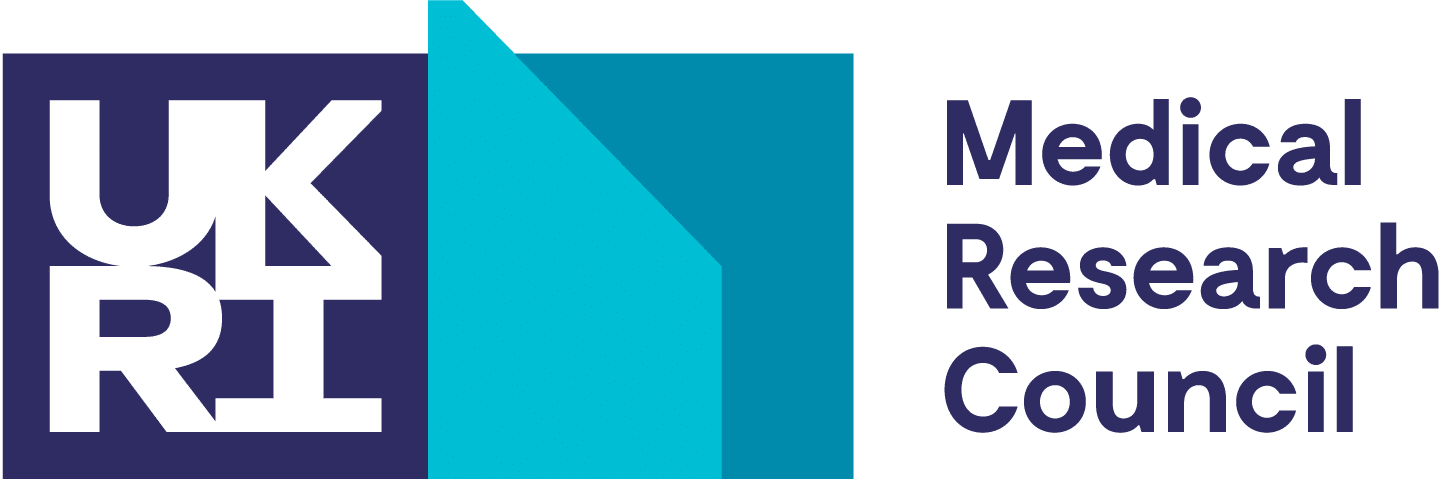The first patient has been treated with a new stem-cell-derived treatment for ‘wet’ age-related macular degeneration (AMD) as part of a pioneering clinical trial in London.
Using technology developed with MRC funding, the trial will test if it is safe and effective to transplant a type of eye cell called retinal pigment epithelial (RPE) cells, grown from stem cells in the lab, to restore sight in people with severe visual loss from wet AMD. The cells are used to replace diseased ones at the back of the eye using a specially engineered patch. The patch is inserted behind the retina in a surgical operation which lasts one to two hours.
A woman was successfully treated last month and to date there have been no complications. The research team hope to assess the extent to which she has recovered her vision by early December.
Professor Pete Coffey of the University College London Institute of Ophthalmology, who is co-leading the research, said: “We are tremendously pleased to have reached this stage in the research for a new therapeutic approach. Although we recognise this clinical trial focuses on a small group of AMD patients who have experienced sudden severe visual loss, we hope that many patients may benefit in the future.”
The trial will recruit another nine patients over 18 months, each of whom will be followed for a year to assess the safety and stability of the cells and whether there is an effect in restoring vision.
Retinal surgeon and project co-lead Professor Lyndon Da Cruz from Moorfields Eye Hospital, who is performing the operations, added: “There is real potential that people with wet age-related macular degeneration will benefit in the future from transplantation of these cells.”
The MRC funded Professor Coffey in 2004 to carry out the basic research and preclinical development behind the cell transplants for retinal repair. With further MRC funding, Professor Coffey and his team have developed imaging techniques to allow them to look at the survival and function of the cells after transplant. The MRC also funded Professor Harry Moore at the University of Sheffield to establish a bank of human embryonic stem cell lines, one of which has been used to develop this technique.
The MRC, EPSRC and BBSRC have recently made a £1.5m award as part of the UK Regenerative Medicine Platform to further support the Coffey team in developing this technology for use in the clinic.
The clinical trial is part of the London Project to Cure Blindness, a partnership between Moorfields Eye Hospital, the UCL Institute of Ophthalmology, the National Institute for Health Research (NIHR) and Pfizer Inc.
Dr Rob Buckle, the MRC’s Director of Science Programmes, said: “This London Project to Cure Blindness/Pfizer trial is an exciting development in regenerative medicine and a great example of how funding discovery science in stem cell biology has led to a clinical trial with commercial partnership. This development would neither have been possible without the MRC’s long-standing support for the groundwork behind this technology, nor the hard work and investment from the London Project to Cure Blindness and Pfizer and others to bring the therapy to patients.”
Gateway to Research reference G1000730.
Photo image courtesy of Danny Hope on Wikimedia Commons https://commons.wikimedia.org/wiki/File:Righ_eye_retina.jpg under CC BY 2.0 https://creativecommons.org/licenses/by/2.0/deed.en








